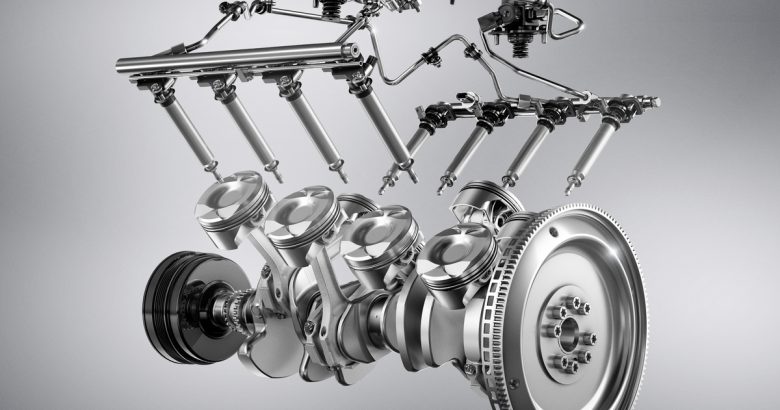
How Fuel Injection Systems Work
In the old days, car engines used carburetors to vaporize the fuel going into an engine. This method worked out fine for half a century but during the 1950s automobile manufacturers started experimenting with injecting gasoline directly into engines. This would allow engineers to deliver fuel more precisely into the cylinders leading to higher gas mileage and lower emissions. By the late 1950s, many cars were being offered with fuel injection systems.The first fuel injection systems were mechanical but these soon gave way to electronic systems which are simpler and more accurate. For those that would like to learn more, read on. We spoke to the service techs at Waldolf Dodge in Waldorf, MD, a full service Chrysler, Dodge, Jeep, Ram dealer, and got a complete lesson in how fuel injection technology works.
How they operate
When you turn the key on in your car, the engine control computer (ECU) sends a signal to the fuel pump relay which powers on the fuel pump for a few seconds. Sometimes you can hear the fuel pump humming when you turn your key. Once the fuel pump is on, it draws gas from the gas tank and sends it to the fuel filter, then to the fuel pressure regulator and then to the fuel rail that straddles the engine block. The gasoline at this point is under some 35-50 PSI pressure.
Once the fuel enters the fuel rail, it is distributed to the fuel injectors. The fuel injectors are controlled by the engine control computer which sends an electronic signal to each injector when fuel is needed. The precise amount of fuel injected is controlled by the ECU. The amount of gas injected will vary depending on the conditions at the time, whether you either idling, cruising, or if it is being accelerated.
Electronic fuel injection systems utilize lots of sensors that feed information back to the ECU. This allows the ECU to know precisely where the engine is in its combustion cycle. For example, most systems have two sensors connected to the ECU. The first is the crankshaft position sensor. The second is the camshaft position sensor which sends a signal letting the computer know what position the intake and exhaust valves are in.
More sensors
The amount of fuel that is injected into the engine is controlled by the ECU also. The ECU controls this delivery by monitoring many other sensors. For example, the mass air flow sensor (MAF) tells the computer how much air is being pulled into the engine. The throttle position sensor lets the ECU know how much you are accelerating. The air temperature sensor lets the computer know the temperature of the air entering the engine. The coolant temperature sensor lets the ECU know what the temperature of the engine is. The oxygen sensor lets the computer know how much oxygen is leaving through the exhaust system. Like we said before: lots of sensors.
Complex but not difficult to fix
You may be thinking that modern fuel injected engines must be a horror show to repair, especially if a mechanic isn’t an electrical wiz. Actually, this is incorrect. Automobiles today have electronic diagnostic ports (OBD-II) that technicians can plug code readers into to identify problems. This has revolutionized the ways cars are fixed today.
Source: Waldolf Dodge in Waldorf, MD